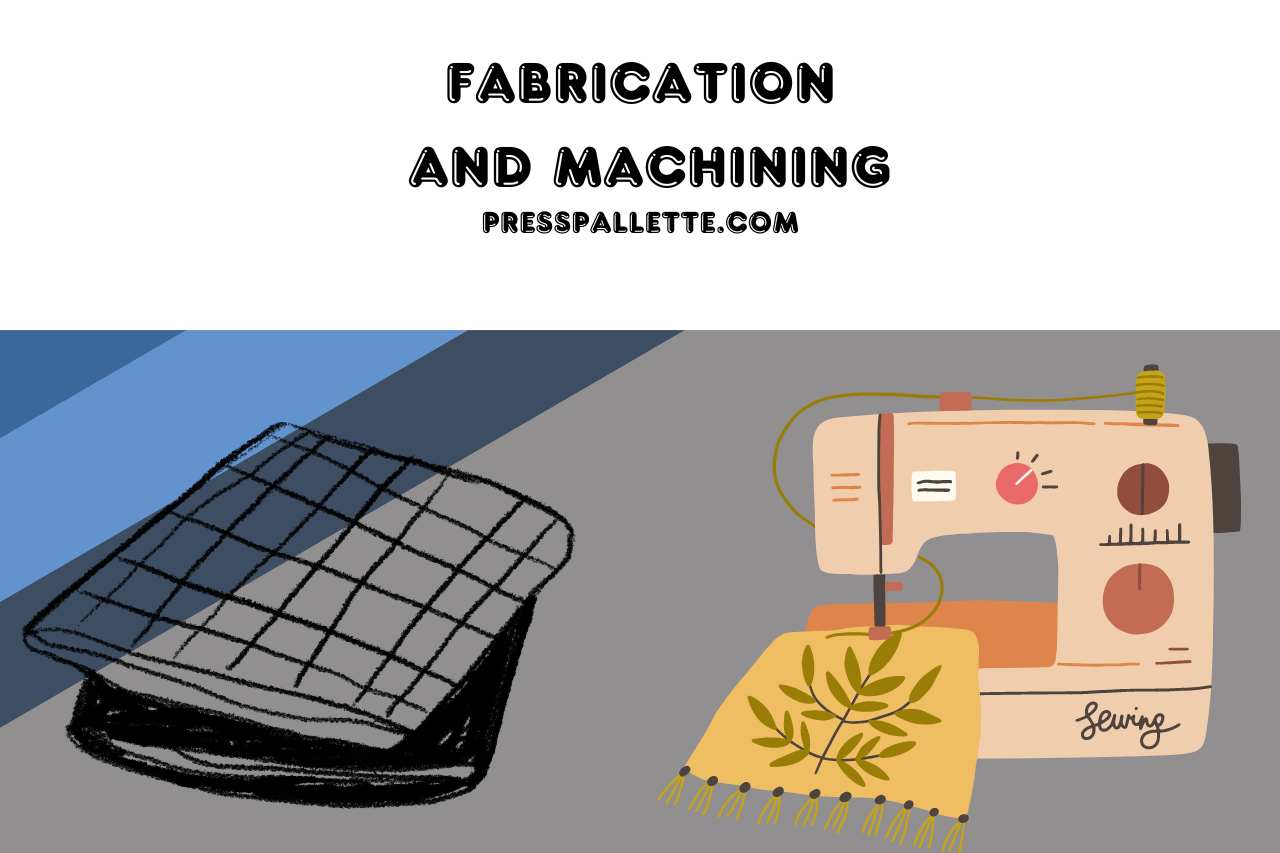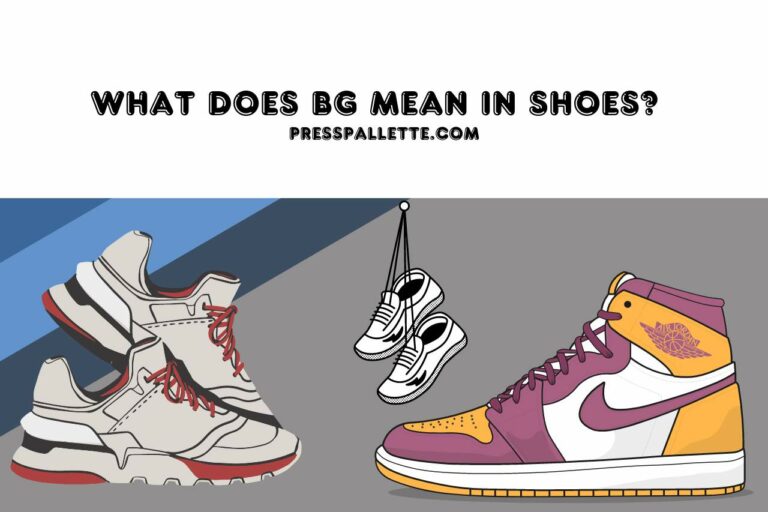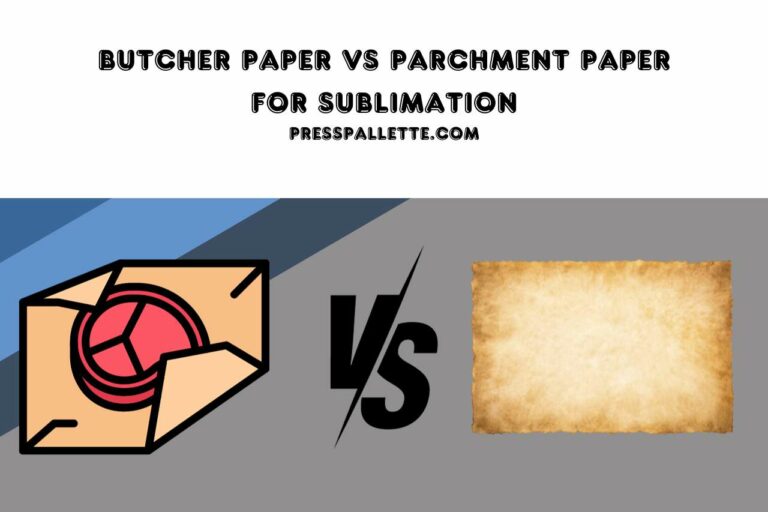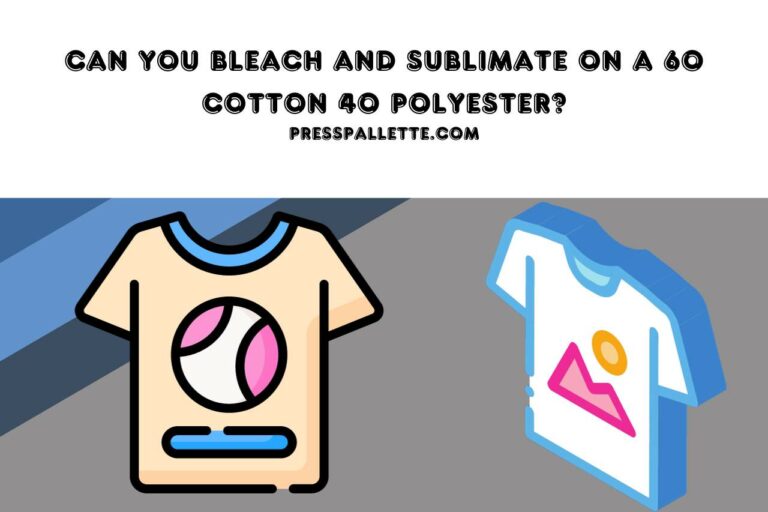Fabrication and Machining – Techniques for Precision Engineering!
Fabrication means employing any number of manufacturing methods to construct the desired item. The technical word “manufacturing” refers to the process of transforming raw materials or scraps into usable products by significantly enhancing them. The topic of this paper is “Fabrication and Machining.”
If you work in the manufacturing industry, you are aware that there are two different methods utilized to create items from the start: fabrication as well as machining. In this section, we’ll explain what makes these techniques unique so you can decide which is best for you.
What does Fabrication Entail?
Fabrication, a flexible manufacturing method, entails building things and pieces from scratch, sometimes beginning with metal sheeting or other pliable materials. The building, aerospace, automobile, and electronics sectors are just a few of the areas where this procedure is crucial.
The choosing of the suitable raw material is usually the first step in the manufacture of sheet metal, which is then followed by the use of a variety of shaping and assembly processes to create the required end product. Precision Machine manufacturing also handles assembly and coating with powder procedures in addition to these fundamental manufacturing methods.
The word “cutting” does not always imply that a blade is used in the action. Instead, a range of distinct tools for cutting may be used to do metal milling. Turning, milling, and drilling constitute the three primary machining techniques; each one contributes to the creation of particular characteristics in the finished product.
Turning involves using a machine called a lathe to rotate the workpiece in opposition to the cutting tool. Lathing may be used to quickly produce complicated designs that are consistent all the way around a component.
Another method for creating unique components is milling, which removes additional components from the piece of metal using rotating cutters. The most typical machining method, milling, may produce extremely intricate forms and patterns when employed on several axes.
Making openings is what drilling is all about. This is accomplished by pressing a spinning bit with edges for cutting exactly at the tip onto the material’s surface.
What is Manufacturing?
Machining involves a wider range of tactics that make use of different technology. In the industrial process known as machining, surplus material within a workpiece is removed in order to shape it into the finished form that is required.
It is common practice in the automotive, aerospace, electrical, and other sectors to employ machining to produce final goods with accurate measurements, slick surfaces, and distinct forms.
Precision CNC (Computer Numerical Control) equipment is used for machining operations because it can be configured to follow instructions precisely and deliver results that are reliable and accurate.
By improving productivity, lowering mistakes, and enabling the manufacturing of complex components that would be difficult or impossible to create using manual processes, CNC machining has completely transformed the sector.
Fabricators may employ any or all of the following methods for creating metal.
By pressing (not cutting) through the material using a tool that has the same form as the intended hole, pounding employs a device termed a punch presses to create a hole in a sheet of metal.
When the material is bent, it is folded along the longest side to create a v-shape, u-shape, or angle.
A rectangular piece of metal and a coil process metal is placed into a press that stamps during the procedure of stamping, and a tool is used to mold the metal towards the shape of your choice.
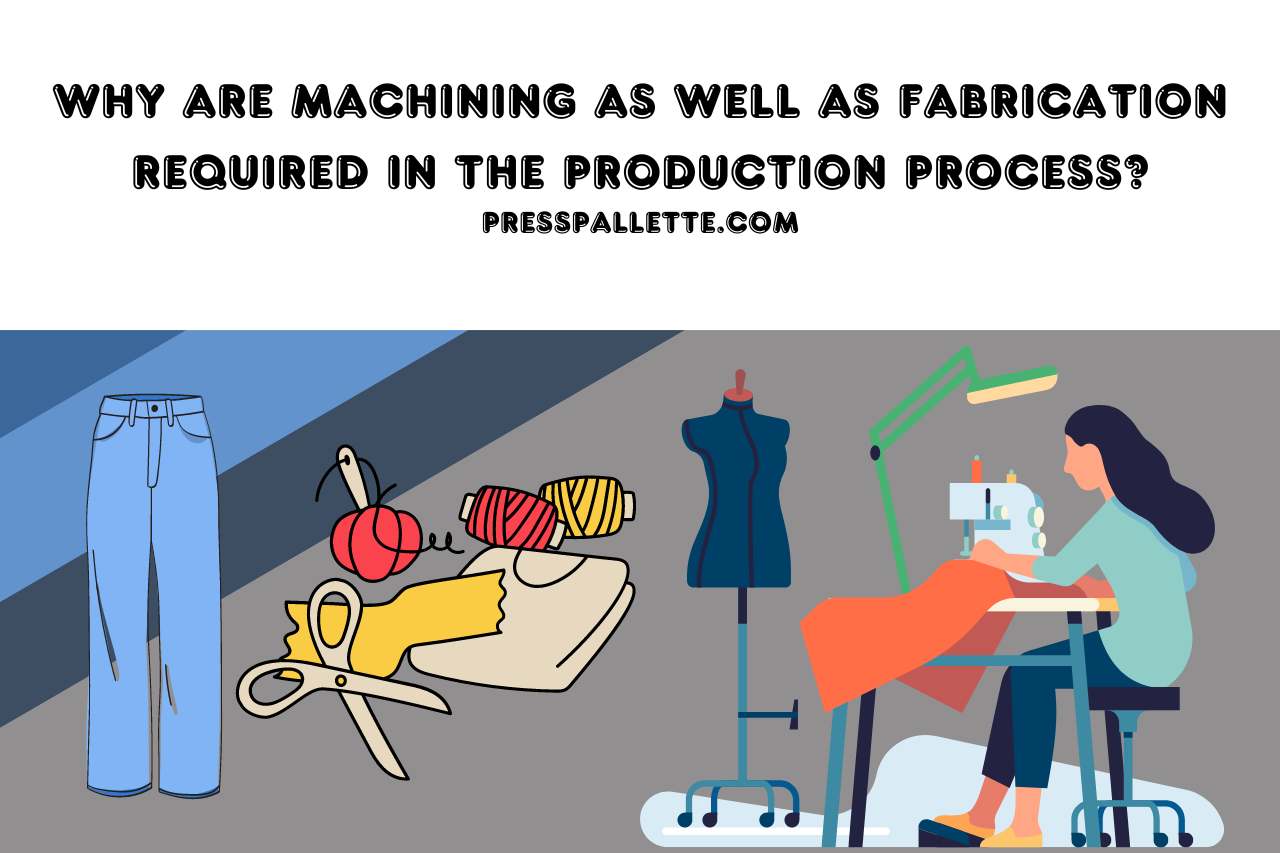
Why are Machining As Well as Fabrication Required in the Production Process?
Machining and fabrication both fall under the category of manufacturing. Depending on the intended goal and the kind of material being utilized, one will be chosen for that specific procedure. Most raw materials can withstand various methods of machining.
The substance will determine the kind since certain materials carry heat more efficiently than others. Some will conduct energy more efficiently. But not every substance can be created using a printer with a 3D printer or a casting technique. That is still another distinction between fabrication as well as machining.
In essence, machining is the process of cutting a substance with some form of tool. While the majority of machining is performed using a CNC or a machine for grinding, simply utilizing a pair of shears to remove a central section qualifies as machining.
It refers to the act of removing stuff. See what manufactured or machined items you may locate by taking a look at you. Everything that you observe was not entirely machined at some stage in its fabrication.
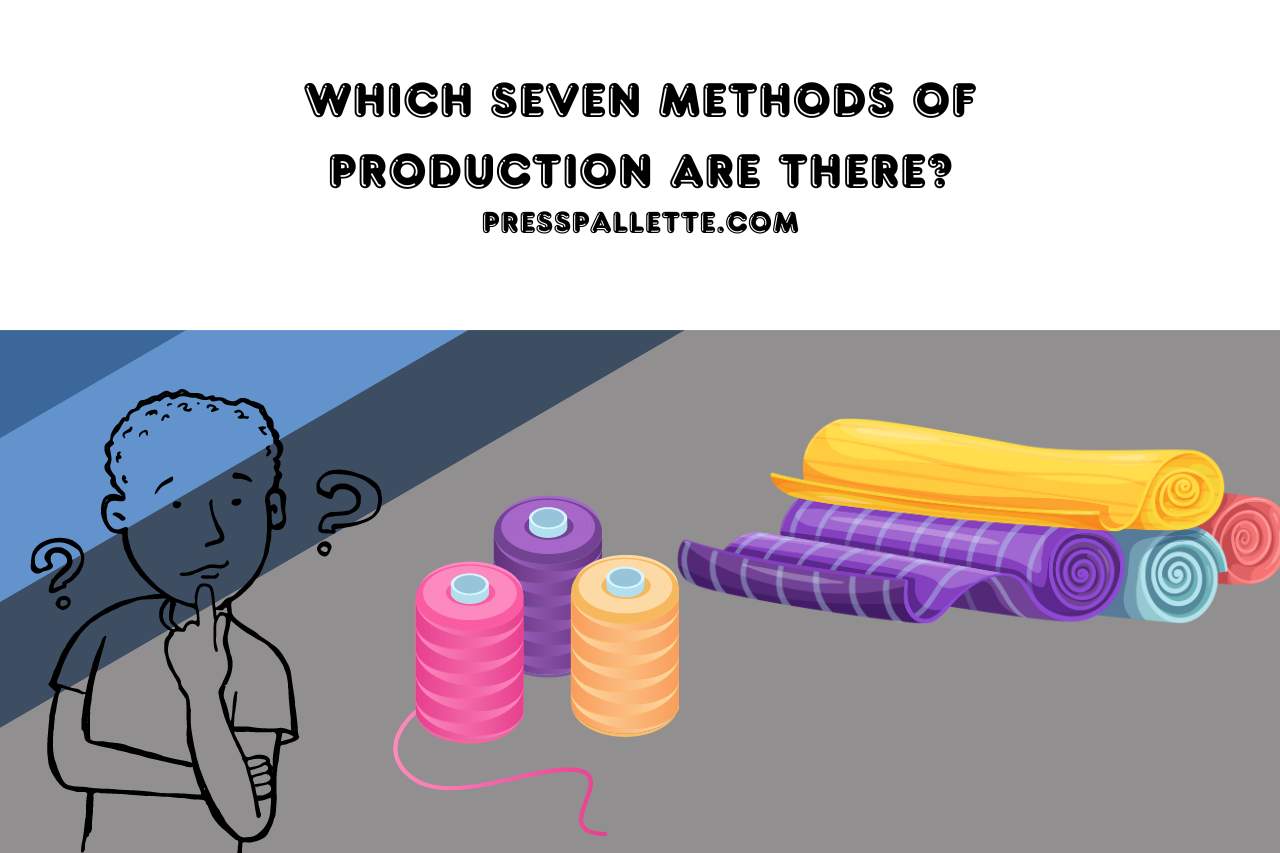
Which Seven Methods of Production are there?
Casting
The earliest manufacturing method in which the unprocessed component is first melted then poured into a mold that has already been created and then allowed to cool. As the reverse profile from the mold is applied to the item, this mold is constructed in accordance with the intended object. When the item inside the mold has hardened, it is removed by breaking (or dismantling) the mold.
Joining
Yet another manufacturing method that allows for the temporary or permanent integration of multiple substances to create a single, bigger unit is called joining.
As usual, a wide range of materials may be joined in a myriad of ways thanks to diverse joining procedures, including joining because of the soldering process welding, captivating, fastening, interaction, and adhesives.
Forming
By applying pressure (or force) from the outside, the material being worked with is plastically distorted during shaping.
The intended product, its characteristics, and dimensions are taken into consideration when the deformation process is being carried out. Rolling, machining, extrusion, drawing, and other shaping processes are examples.
Machining
One main manufacturing procedure is machining, which involves progressively removing extra material from the product to give it the proper form, size, and finish. Traditional, unconventional, abrasive, and micro-machining are among a few examples of the several types and operations that involve machining.
Surface Operation
Additionally, it is a secondary production procedure where the item’s outermost integrity is changed to provide the desired result.
Typically, it does not modify the component’s size or form; instead, a number of surface characteristics are changed. Surface modification is another name for surface working.
Additive Production
In contrast to subtractive manufacture (or machining), which involves progressively removing material off a solid 3-D workpiece level by level, the process of additive manufacturing involves depositing the material layer by level on top of one another to construct a 3-D product.
Although the production methods used in these two instances are different, the final result can be the same. This additive production method includes a number of activities, including lithography, fast prototyping, and 3-D printing.
Another Method of Production is Powder Metallurgy
Another production method involves combining a fine-grained (or powdered) substance with the proper adhesive before pouring it into a mold. After that, the mixture is crushed, sintering without evaporating, and given time to cool. This method may be used to create a solid 3-D element with fine features. However, it is best suited for small-sized items.
What Features of Fabrication and Machining are Similar?
The greatest CAD software may be used for the design and engineering of metal manufacturing as well as machining. In order to assure exact and precise development, certain fabrication or machining goods can be additionally produced using automated machines that adhere closely to the CAD drawings.
What Distinguishes Fabrication from Machining?
The easiest approach to understanding the distinction between fabrication as well as milling is to consider it from the perspective of art. Machining resembles the process a sculptor uses to carve a face from an object made of stone. Fabrication involves folding as well as bending an expanse of material into recognized or practical forms, much like origami.
Watch this one,
Video Credits – Cutting Edge Engineering Australia

